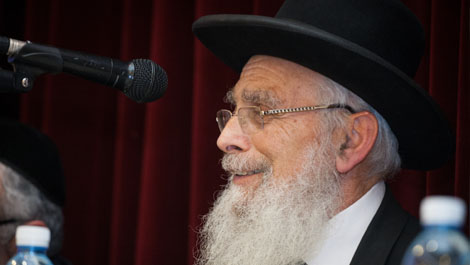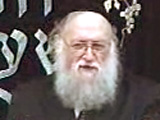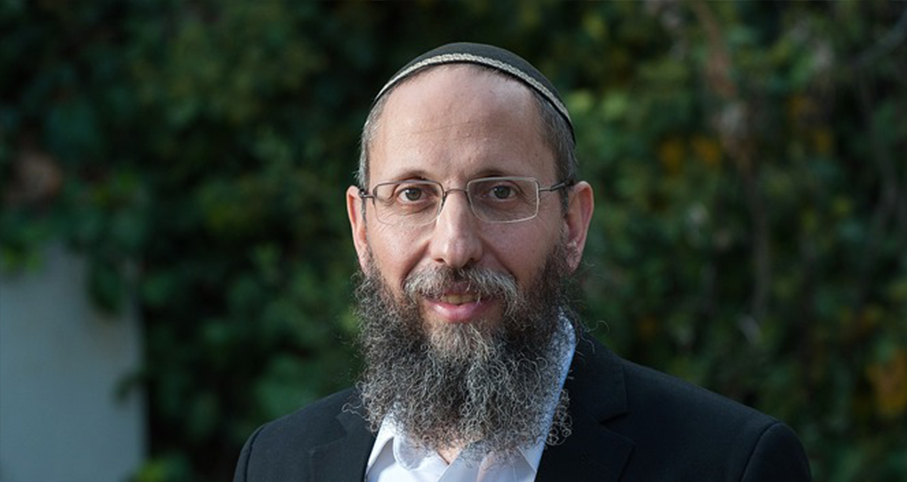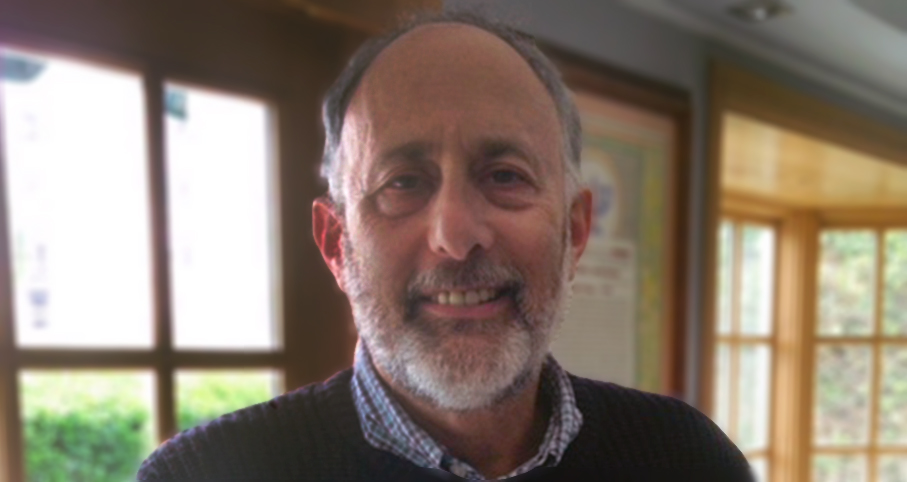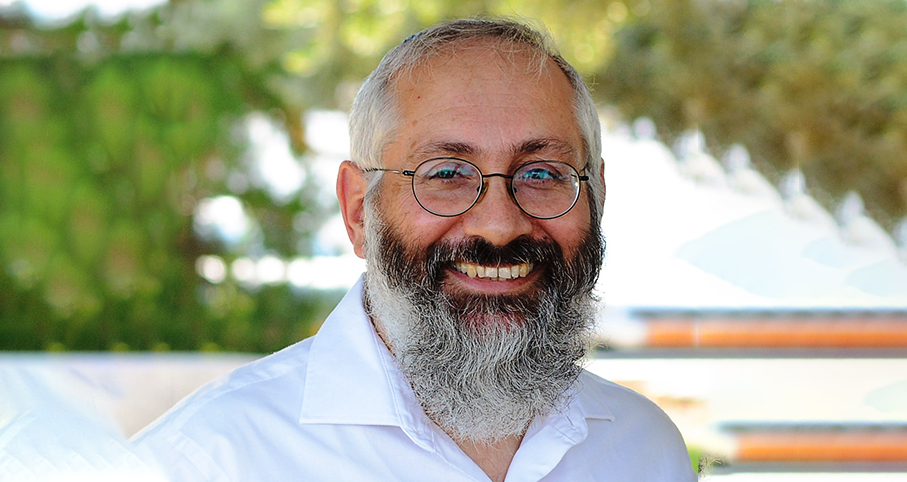Beit Midrash
- Torah Portion and Tanach
- Vayikra
- Shmini
Parashat Shemini describes what could be considered the first day of the operations of the Mishkan, "the eighth day," following the seven days of miluim in which Moshe had been serving as the kohen. After Aharon offered several korbanot, the Torah writes: "Moshe and Aharon entered the Tent of Convocation, and they exited and blessed the people, and Hashem’s glory (k’vod Hashem) appeared before the entire nation. Fire came out from before Hashem and consumed on the altar the burnt offering and the fat …" (Vayikra 9:23-24).
What is "Hashem’s glory" that the fortunate people of that time merited experiencing? Prof. Nechama Leibowitz develops various possibilities by comparing this portion to the first time in the Torah the phrase comes up – in Parashat Beshalach in the context of the manna that fell for the first time in the desert. There the phrase actually comes up twice – once as a promise that the people would see Hashem’s glory in the morning, the time the manna fell (Shemot 16:7). It appears again when the people looked to the desert and "alas, Hashem’s glory was seen in the cloud" (ibid. 10). Rashi and the Ramban (ad loc.) both say that these same words refer to different phenomena. The former is that the great miracle of the falling of the manna, a unique creation, was a miracle that illustrated that Hashem was with the nation. The second was a manifestation of the Divine Presence. Where does our pasuk’s glory of Hashem fit into things?
The Rashbam connects our two p’sukim with Beshalach and says that the fire coming out of the heaven to consume the offerings was a unique miracle that showed the people that Hashem was with them. Thus, Hashem’s glory was the miracle. The Ramban (Bereishit 18:1) says that Hashem’s glory in our parasha is the ostensibly unnecessary appearance of the Divine Presence. Usually, Hashem appears to a holy person to communicate with him. However, when the Divine Presence appears just to reward a person or the nation with a sign of His presence without further communication, this is called Hashem’s glory. According to this, the Divine Presence was a palpable revelation of Hashem, whereas the consuming of the offerings was a miracle that showed that Hashem "appreciated" and accepted them.
The Ramban is consistent with his approach to the main point of the Mishkan/Beit Hamikdash. The Rambam (Sefer Hamitzvot, Aseh 20) says that the main idea is to provide a house for our service of Hashem. The Ramban (beginning of Parashat Teruma) develops the idea that the essence of the Mikdash is as a place where the Divine Presence dwells (see development in Minchat Asher, Vayikra 48). Thus, according to the Ramban, the sign of the success of the Mishkan, for which Moshe and the people had anxiously awaited (see Rashi, Vayikra 10:23), was the appearance of Hashem’s glory. The additional miracle of the consuming fire was a one-time extra. The other approach, which we can attribute to the Rashbam and Rambam (each from a different part of the equation) is that the raison d’etre of the Mishkan was to have sacrifices that evoked Divine acceptance. Thus, the fire that consumed the korbanot was the miracle that engendered Hashem’s glory.

Parashat Hashavua: Two Sides to a Coin
Rabbi Yossef Carmel | Nisan 5785
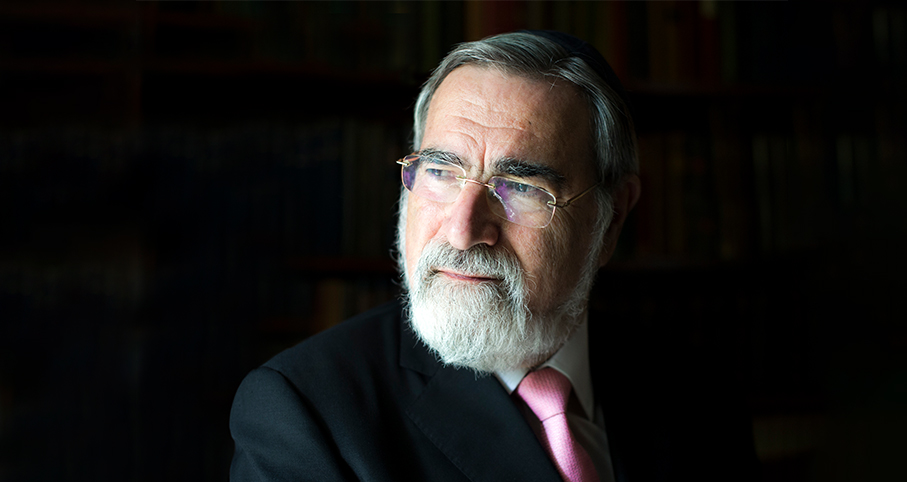
Fire: Holy and Unholy
Rabbi Jonathan Sacks | Adar II 21 5782

Spontaneity: Good or Bad?
Rabbi Jonathan Sacks | 21 Adar ll 5784
The President of the United States Salutes the Jew
Rabbi Shmuel Eliyahu | Adar II 24 5782

Rabbi Daniel Mann

Encouraging a Child to Criticize His Parent
5774

Timtum Halev – Part II
Adar I 8 5776

Tisha B’Av Pushed Off Until Sunday
Av 6 5776


















